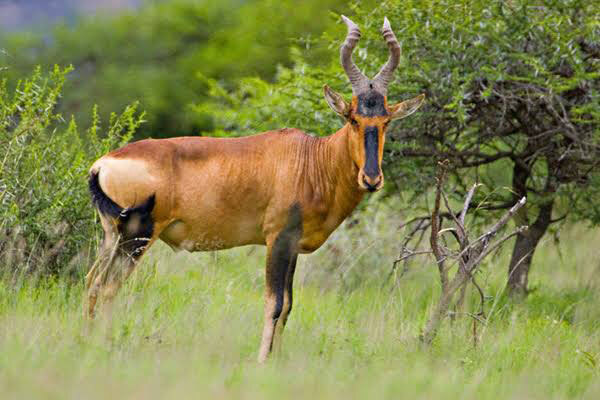The hartebeest (Alcelaphus buselaphus) is a large, fawn‑coloured antelope distinguished by its elongated face, high shoulders, and steeply sloping back. Despite their awkward appearance, they are powerful runners capable of reaching 70 km/h. Both sexes bear thick, ridged horns that sweep outward and backwards; male horns have heavier bases. Eight subspecies exist across Africa, including the Cape/red, Coke’s, western, Lichtenstein’s and Jackson’s hartebeest.

Hartebeest inhabit open grasslands and lightly wooded savannas. Hunts typically start by glassing from elevated ridges to spot herds, then stalking cautiously while remaining downwind. These antelope are extremely alert and will bolt with a rocking‑horse gait at the slightest disturbance, yet curiosity sometimes causes them to stop and look back, giving a fleeting shot opportunity. Because they often inhabit wide‑open plains, long shots are common and medium‑calibre rifles are recommended. Hartebeest are most active in early morning and late afternoon; during midday, they rest in the sun or shade, depending on the temperature.
Hartebeest numbers total around 360,000 animals across more than 25 countries. While the species as a whole is considered of least concern, some subspecies are threatened. Swayne’s and Tora hartebeest in Ethiopia are endangered and not huntable; hybridisation among Coke’s, Lelwel and Swayne’s hartebeest has created named forms such as Jackson’s and Neumann’s. Major threats include competition with livestock for grazing and ease of hunting due to their sedentary habits. Conservation organisations work with governments to establish wildlife corridors and train pastoralists in livestock management, linking premium livestock markets to conservation criteria. Regulated hunting generates revenue for habitat protection and helps maintain open rangelands.
Hartebeest live in structured social groups with harem herds led by territorial bulls, bachelor herds and solitary animals. Female hartebeest maintain bonds with their offspring for up to three years, and when calving, they hide their young in cover for two weeks, visiting briefly to suckle. They graze selectively on medium‑height grasses and, if fresh forage is available, can go without water for extended periods. Local names often commemorate explorers—Cape hartebeest are sometimes called “Harley-Davidsons” because of their curved horns.
Hartebeest can be found in the following location:
Hartebeest has the following variations:
- Cape Red Hartebeest
- Coke Hartebeest
- Western Hartebeest
- Lichtenstein’s Hartebeest
- Jackson’s Hartebeest
Start Your Adventure



